
Description
The Esri Guide to GIS Analysis, Volume 1
Geographic Patterns and Relationships
Do more with your GIS and understand the foundation of spatial analysis: geographic patterns and relationships.
A geographic information system (GIS) enables so much more than mapping. A GIS inherently enables spatial analysis that can give you a better understanding of your geographic data. GIS analysis reveals answers to questions like:
- Where is it?
- Wheres the most and least?
- How much is where?
- Whats inside?
- Whats nearby?
- Whats changed?
But how do you get started? The second edition of The Esri Guide to GIS Analysis, Volume 1 shows you how and more.
With easier-to-read maps and text, The Esri Guide to GIS Analysis, Volume 1, second edition, dives beneath the surface of mapping, beyond displaying data to revealing geographic insights. Learn the basic concepts of spatial analysis and GIS. Build on that understanding with essential map-building skills to unveil and display patterns and relationships. The Esri Guide to GIS Analysis, Volume 1, second edition, also includes a list of online lessons and resources that reinforce the concepts and demonstrate GIS applications.
Written for both new and experienced GIS users using an easy-to-follow format, the second edition of The Esri Guide to GIS Analysis, Volume 1 helps you build a foundation of the basic tasks needed to handle a wide range of analysis applications and prepares you for more advanced GIS skills.
Andy Mitchell is a technical writer with more than 30 years experience in GIS. He is the author or coauthor of several books, including The Esri Guide to GIS Analysis series and Zeroing In: Geographic Information Systems at Work in the Community.
Published by Esri Press.
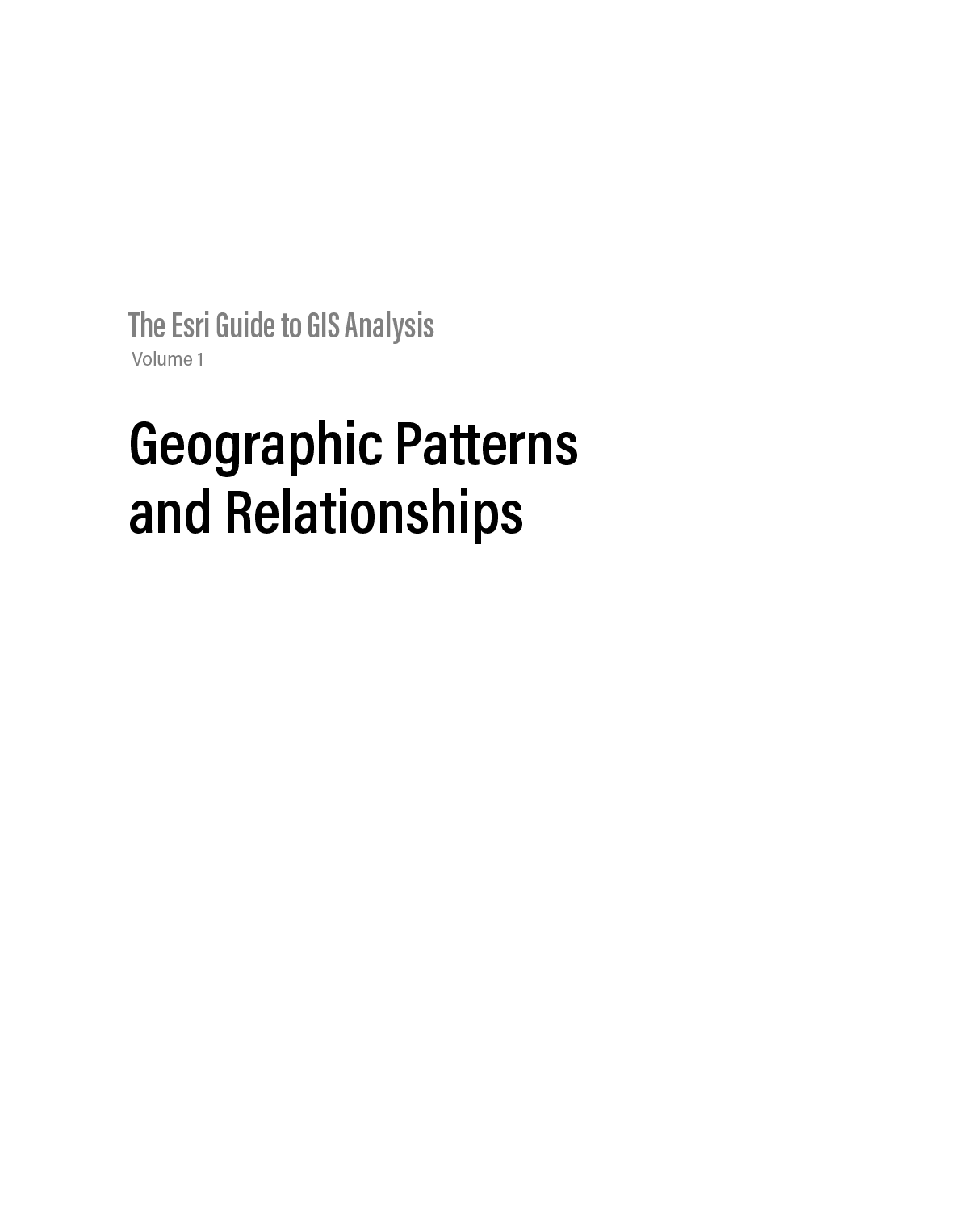
Introducing GIS Analysis
Geographic information system (GIS) analysis lets you see patterns and relationships in your geographic data. The results of your analysis will give you insight into a place, help you focus your actions, or help you choose the best option.
In this chapter:
- What is GIS analysis?
- Understanding geographic features
- Understanding geographic attributes
Since Esri Press first published this book in 1999, GIS use has grown enormously. Spatial data is more abundant than ever and available from new sourcesincluding lidar and dronesand is shared more openly and widely. There have been substantial advances in GIS software, incorporating intuitive interfaces and more advanced mapping and analytical tools. Perhaps most importantly, more and more people are doing spatial analysis and sharing their work online via web maps and apps.
These spatial data scientists have discovered that they can use GIS for much more than building geodatabases and making maps. They can employ spatial analysis to address the worlds most pressing problems. This work can be easily accessed at sites such as ArcGIS Living Atlas of the World (just search for spatial analysis to see the plethora of examples).
You can join this growing community. Using GIS for analysis, you can find out why things are where they are and how things are related. By learning to use GIS for analysis, you can get more accurate and up-to-date information, and even create new information. Having this information can help you gain a deeper understanding of a place, make the best choices, or prepare for future events and conditions.
Despite all the advances in the field, the fundamentals of spatial analysis have not appreciably changed. To do effective GIS analysis, you still need to know how to structure your analysis and which tools to use for a particular task.
Thats where this book comes in. You may not be aware of it, but if you make maps today, you are in effect doing analysis already. One of the goals of this book is to help you build better maps that clearly and accurately present the information you need from your data. We also want to introduce you to some of the basic analysis concepts and tasks that, while useful in their own right, are the building blocks for more advanced analysis.
In this book, weve identified the most common geographic analysis tasks people do every day in their jobs:
- Mapping where things are
- Mapping the most and least
- Mapping density
- Finding whats inside
- Finding whats nearby
- Mapping change
The book is organized into three parts. In this chapter, youll learn what GIS analysis is, and what it can do for you. Youll also review some basic GIS concepts: what geographic data is and how its stored, and more about data values, their use, and interpretation. Chapters 2 through 4 present key map-building concepts. They focus on ways of presenting geographic data to best see the patterns of how things are distributed. The later chapters focus on map query and map-based analysis tasks that let you look at geographic relationships.
In coming decades, the use of GIS analysis will continue to grow, and the ranks of spatial scientists will expand. A significant number of GIS users will emerge as advanced analysts. Our goal is to help you expand your analytical GIS skills and sophistication. To do that, two additional volumes in this series cover more advanced analysis concepts and methods: The Esri Guide to GIS Analysis, Volume 2: Spatial Measurements and Statistics and The Esri Guide to GIS Analysis, Volume 3: Modeling Suitability, Movement, and Interaction.
What is GIS analysis?
GIS analysis is a process for looking at geographic patterns in your data and at relationships between features. The actual methods you use can be very simplesometimes, just by making a map youre doing analysisor more complex, involving models that mimic the real world by combining many data layers.
The chapters in this book follow the process you go through when performing an analysis.
Frame the question
You start an analysis by figuring out what information you need. This is often in the form of a question. Where were most of the burglaries last month? How much forest is in each watershed? Which parcels are within 500 feet of this liquor store? Being as specific as possible about the question youre trying to answer will help you decide how to approach the analysis, which method to use, and how to present the results.
Other factors that influence the analysis are how it will be used and who will use it. You might simply be exploring the data on your own to better understand how a place developed or how things behave. Or you may need to present results to policy makers or the public for discussion, for scientific review, or in a courtroom. In such cases, your methods need to be more rigorous and the results more focused.
Understand your data
The type of data and features youre working with help determine the specific method you use. Conversely, if you need to use a specific method to get the level of information you require, you might need to obtain additional data. You have to know what youve got (the type of features and attributes, discussed later in this chapter) and what you need to get or create. Creating new data may simply mean calculating new values in the data table (see Working with data tables later in the chapter) or obtaining new layers.


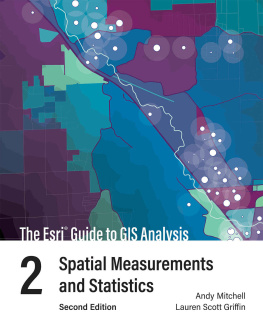

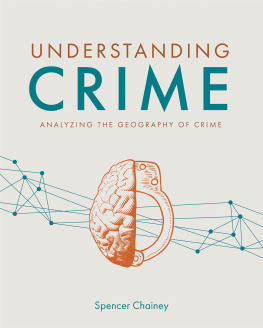
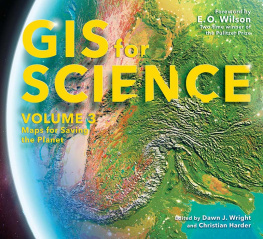

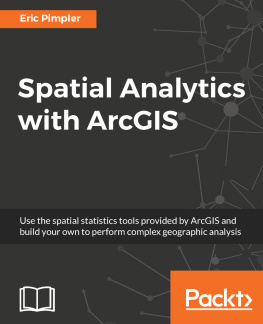
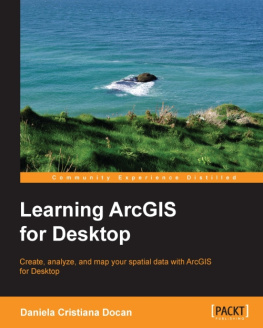
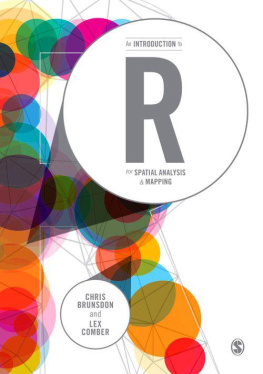
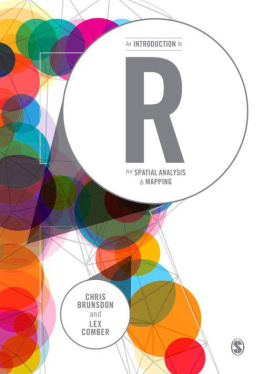

 Description
Description 